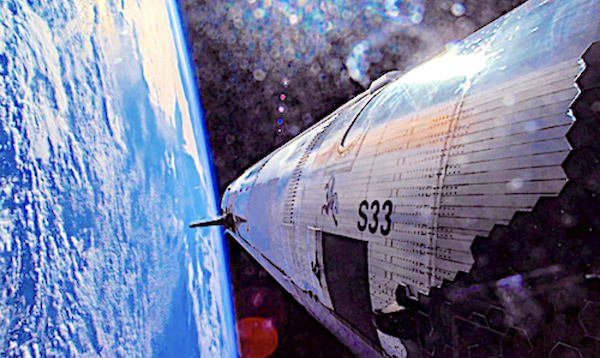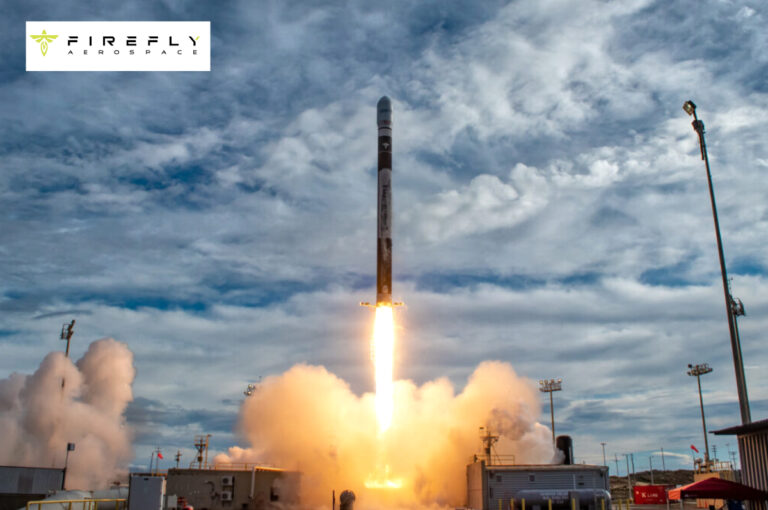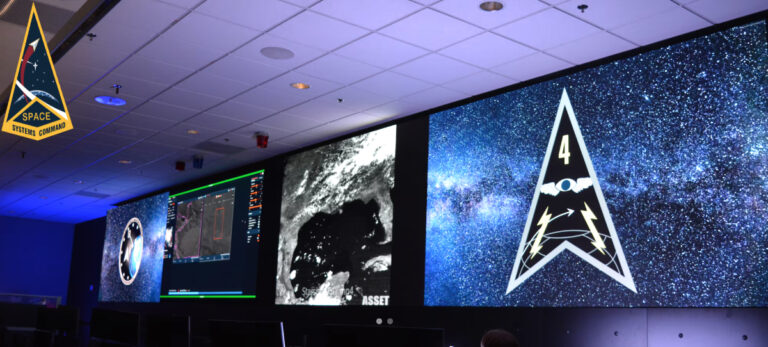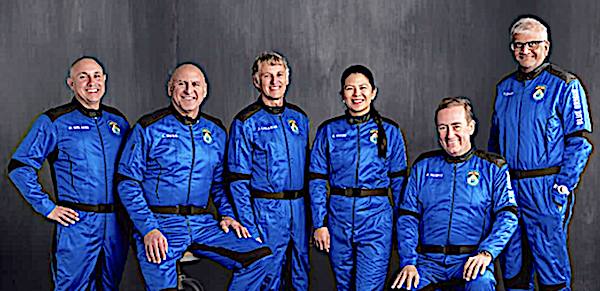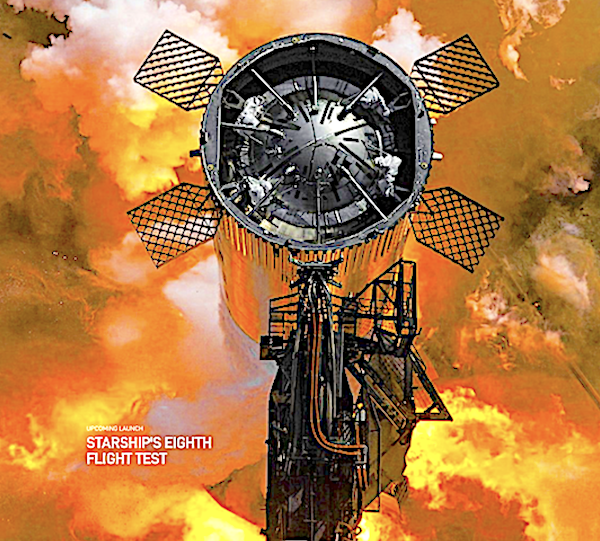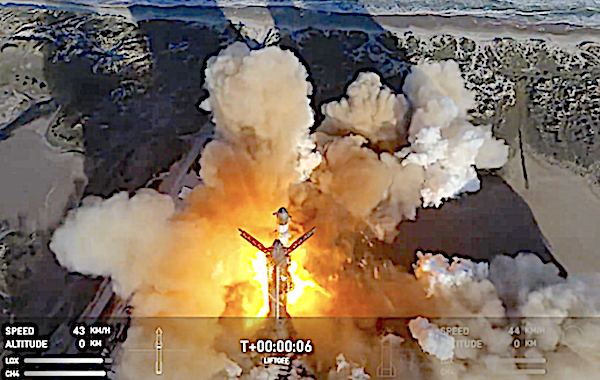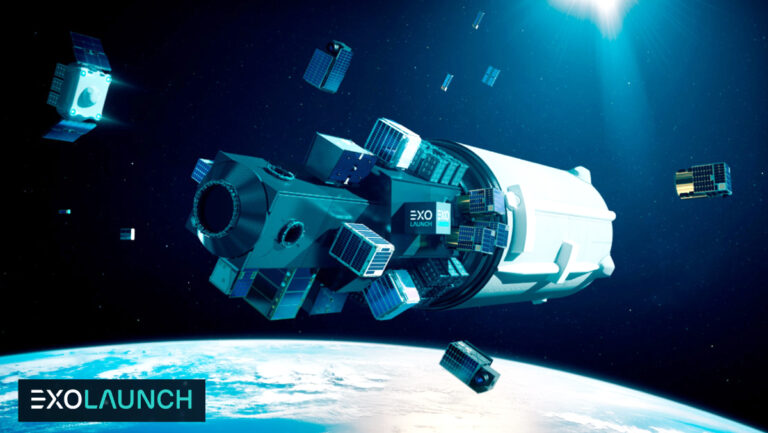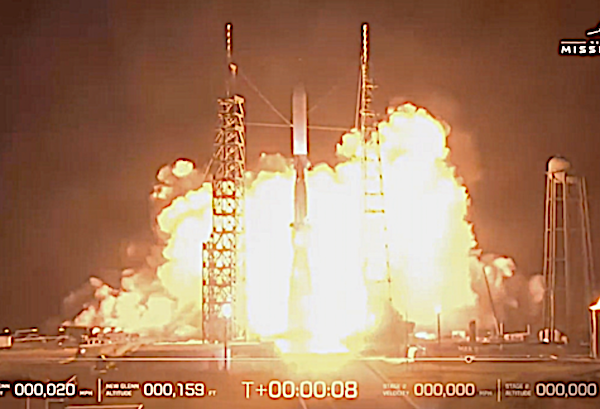FEATURED
The best of SatNews—essential reads, standout reporting, and hand-picked stories worth your time.
SpaceX holds steady for Thursday launch of Starship Flight 8 test launch
The eighth flight test of Starship is preparing to launch Thursday, March 6. The launch window will open at 5:30 p.m. CT. A live webcast of the flight test will begin about 30 minutes before liftoff, available on X @SpaceX ...
Firefly Aerospace ready to launch Alpha FLTA006 for Lockheed Martin’s LM 400 Spacecraft
“Message in a Booster” mission will launch Lockheed Martin’s technology demonstration spacecraft to low Earth orbit Following a successful rocket static fire test, Firefly Aerospace, Inc. has announced the company's Alpha Flight 6 (FLTA006) mission, called Message in a Booster, ...
Space Systems Command accelerates missile warning capabilities
The U.S. Space Force’s Space Systems Command (SSC) continues its multi-phased acquisition strategy for the Future Operationally Resilient Ground Evolution (FORGE) Command and Control (C2) ground system to bolster its missile warning and tracking ground mission. Through SSC's Space Enterprise Consortium ...
Spire achieves 2-way laser comms between satellites in space
First-ever achievement for Spire enhances data transmission security and efficiency, setting a new standard for global satellite communications. The Company will launch additional satellites with optical inter-satellite link technology on theSpaceX Transporter-13 Rideshare Mission Spire Global, Inc. (NYSE: SPIR) has ...
Rocket Lab signs 2nd multi-launch deal—eight Electron missions with iQPS
Rocket Lab USA, Inc. (Nasdaq: RKLB) has signed one of its largest Electron launch agreements to date in a second, multi-launch deal with Institute for Q-shu Pioneers of Space, Inc. (iQPS), a Japan-based, Earth imaging company. This newly-signed deal follows ...
Firefly Aerospace is “over the Moon” as the first commercial company to successfully land on the Moon
Firefly’s Blue Ghost lunar lander softly touched down in Mare Crisium carrying 10 NASA instruments Firefly Aerospace, the leader in end-to-end responsive space services, today announced its Blue Ghost lunar lander softly touched down on the Moon’s surface in an ...
Firefly Aerospace, just 4 days from Moon landing, shows Blue Ghost – low lunar orbit Moon footage
Blue Ghost Mission 1, Earth's reflection Firefly Aerospace is now less than 4 days from landing on the Moon and just released more footage captured during Blue Ghost’s third lunar orbit maneuver on February 24 that inserted the spacecraft in ...
Blue Origin’s successful human spaceflight mission NS-30 and “the life-changing impact of seeing Earth from Space”
NS-30 crew Blue Origin successfully completed its tenth human spaceflight and the 30th flight for the New Shepard program. The astronaut crew included: Lane Bess, Jesús Calleja, Elaine Chia Hyde, Dr. Richard Scott, Tushar Shah, and an undisclosed sixth crew member ...
Starship’s eighth flight test as early as Friday
The eighth flight test of Starship is preparing to launch as soon as Friday, February 28, pending regulatory approval. A live webcast of the flight test will begin about 40 minutes before liftoff, which you can watch on X @SpaceX ...
Rocket Lab schedules the launch for 1st of multiple missions for BlackSky
Photo of an Electron launch, courtesy of Rocket Lab. Rocket Lab USA, Inc. (Nasdaq: RKLB) will soon launch a satellite on a dedicated Electron mission, the first of a bulk order of multiple new missions for real-time space-based intelligence company ...
NASA awards launch service task order for the Pandora mission
NASA has selected SpaceX of Starbase, Texas, to provide the launch service for the agency’s Pandora mission, which will study at least 20 known exoplanets and their host stars to find out how changes in stars affect our observations of ...
Almagest Space successful launch + deployment of their ELEVATION-1 E-Band satellite
Almagest Space Corporation has announced the successful launch and deployment of ELEVATION-1, a demonstration satellite carrying the world’s first E-band communications payload with the foundational technology for Almagest to develop innovative, high performance, bulk data solutions. ELEVATION-1 was launched, with ...
Pixxel has launched Firefly hyperspectral satellite
Pixxel has successfully launched the first three satellites of its Firefly constellation. The satellites were integrated via Exolaunch and launched aboard the Transporter-12 rideshare mission via SpaceX from Vandenberg Space Force Base. Pixxel's smallsats, image courtesy of the company. This ...
SpaceX’s bittersweet seventh flight test, the loss of Starship but successful catch of booster
All began smoothly as SpaceX's Starship tore through the skies from Boca Chica, Texas with 33 out of 33 engines working to send it on it's seventh flight test. All photos provided by Satnews. As the journey continued ground control ...
Exolaunch delivers 34 satellites to orbit during the Transporter-12 Rideshare Mission with SpaceX
Exolaunch successfully delivered 34 satellites for its global customers across 17 countries.Artistic rendition of the smallsats on-orbit is courtesy of SpaceX. Exolaunch has successfully delivered 34 satellites into orbit during the Transporter-12 rideshare mission with SpaceX which launched from Vandenberg ...
Blue Origin’s New Glenn reaches orbit after successful Thursday launch, “Today marks a new era”
New Glenn safely reached its intended orbit during today's NG-1 mission, accomplishing our primary objective. New Glenn’s seven BE-4 engines ignited on January 16, 2025, at 2:03 a.m. EST (0703 UTC) from Launch Complex 36 at Cape Canaveral Space Force ...
SpaceX sends Firefly’s Blue Ghost and ispace’s RESILIENCE lunar landers on mission to the Moon
On Wednesday, January 15 at 1:11 a.m. ET, Falcon 9 launched Firefly Aerospace’s Blue Ghost Mission 1 from Launch Complex 39A (LC-39A) at NASA’s Kennedy Space Center in Florida. Also on board this mission was ispace’s RESILIENCE lunar lander. Satnews ...
SpaceX’s Transporter-12 mission sends 131 smallsats soaring near California’s beach
On a beautiful Tuesday, January 14, California morning, at 11:09 a.m. PT, with blue skies and the ocean and beach in the background SpaceX's Falcon 9 launched the Transporter-12 mission to low-Earth orbit from Space Launch Complex 4E (SLC-4E) at ...
Varda’s W-2 spacecraft launched to orbit with SpaceX with Koonibba Test Range up next
Varda Space Industries has announced the successful launch of the company's second orbital processing spacecraft and re-entry capsule, W-2, which lifted off aboard the Transporter-12 rideshare mission with SpaceX from Vandenberg Space Force Base in California. The W-2 capsule will ...
FOSSA Systems launches their new generation of nanosatellites
FOSSA Systems has launched the company's new generation of satellites from Vandenberg Air Force Base in California. The aerospace startup is placing three FOSSASats into orbit aboard SpaceX's Falcon 9 rocket, as part of the Transporter 12 mission. This milestone, ...

